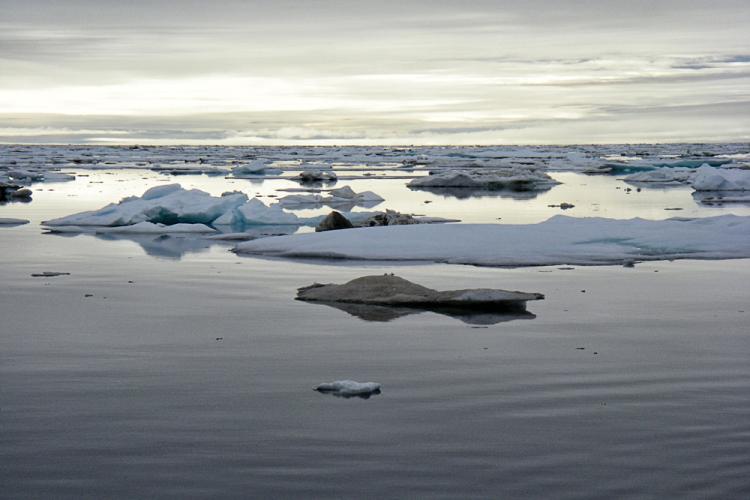The Alaska Climate Integrated Modeling project (ACLIM) represents a comprehensive effort by NOAA Fisheries and partners to describe and project responses of the Bering Sea ecosystem— both the physical environment and human communities—to varying climate conditions. It connects research on global climate and socioeconomic projections to regional circulation, climate enhanced biological models, and socio-economic and harvest scenarios. This effort informs managers of the risks of climate change on fish and fisheries and enables the evaluation of a range of adaptation strategies.
ACLIM is a collaboration between 50 scientists including physical oceanographers, ecosystem modelers, economists, social scientists, and fishery and living marine resource managers.
Scientists are focusing on key species (fish, crabs and marine mammals) where changes in productivity have been linked to climate variability. A subset of scientists in ACLIM are also looking at impacts on other species in the food web and the broader ecosystem. To evaluate a range of possible future conditions, scientists are evaluating the effectiveness of existing fishery management actions under different climate scenarios (spanning high and low CO2 futures expected to lead to different degrees of warming). They will also look at how human fishing fleets and communities can adapt to climate change through climate-informed management.
![ACLIM GRAPHIC]()
Information from these integrated models is being used to make predictions at local scales. Output from these models will help decision-makers choose management measures that promote fisheries resilience, lessen climate impacts on species and communities, and take advantage of potential novel opportunities under climate change.
![Repeated Engagement with Management]()
Scientists regularly meet with resource managers to share progress on the project.
ACLIM 2.0: Building Pathways to Resilience Through Evaluation of Climate Impacts, Risk, & Adaptation Responses of Marine Ecosystems, Fisheries, & Eastern Bering Sea Coastal Communities
ACLIM phase 2 is presently underway and builds on ACLIM phase 1 pilot efforts. ACLIM 2.0 next directions include:
- Eastern Bering Sea Social- ecological system climate risk analysis
- Expanded management scenarios
- Social network modeling & Co-production of knowledge
- Spatial distribution models & Northern Bering Sea
- Expanded protected species analyses (marine mammals)
- Expanded Ocean Acidification and O2 modeling
- Expanded lower trophic and Young of the Year (YOY) fish modeling
- Coordination with our sister project in the Gulf of Alaska Integrated Modeling Project (GOA-CLIM)
ACLIM scientists will continue to regularly seek input and feedback from interested members of the public and the North Pacific Fishery Management Council about potential strategies to evaluate in the next phase of this project.
They hope to provide resource managers with alternative “climate-ready” management strategies to help them adapt to changing conditions so North Pacific marine resources remain sustainable and fisheries and communities are as resilient as possible.
Additional Resources






